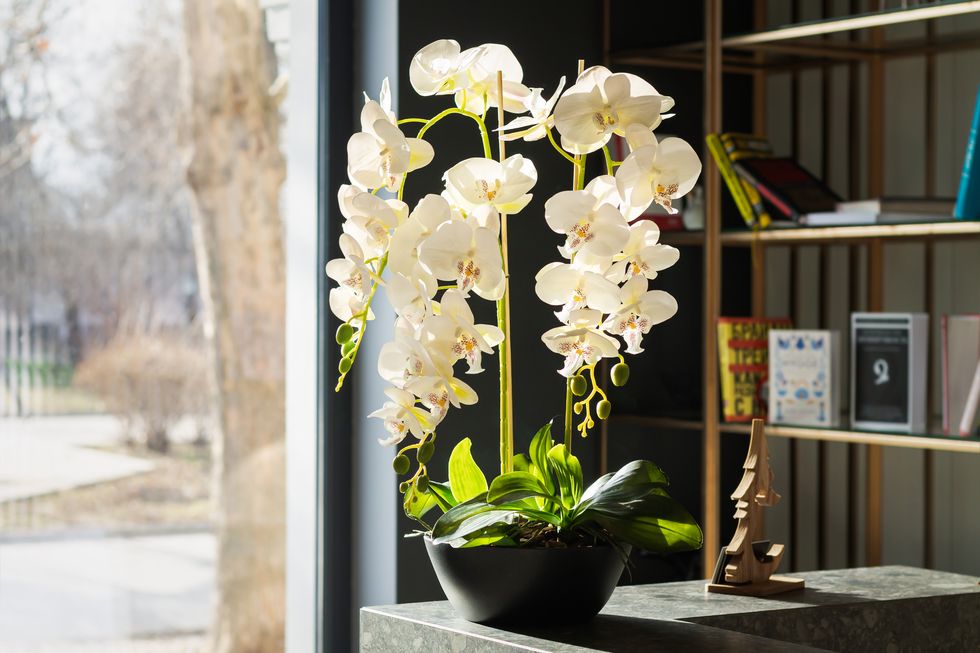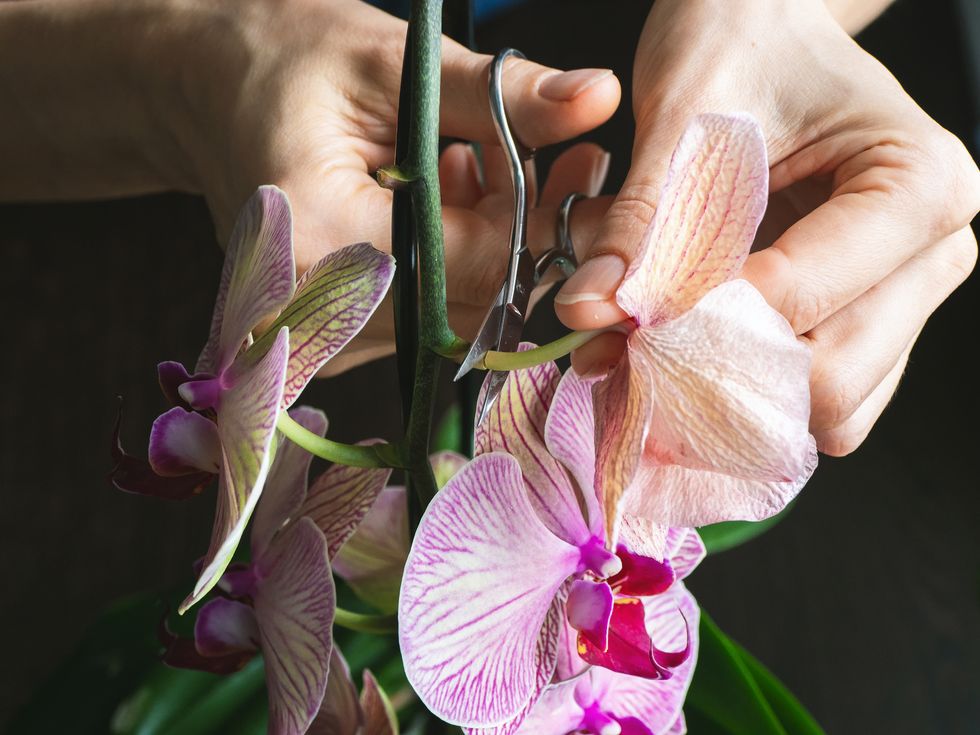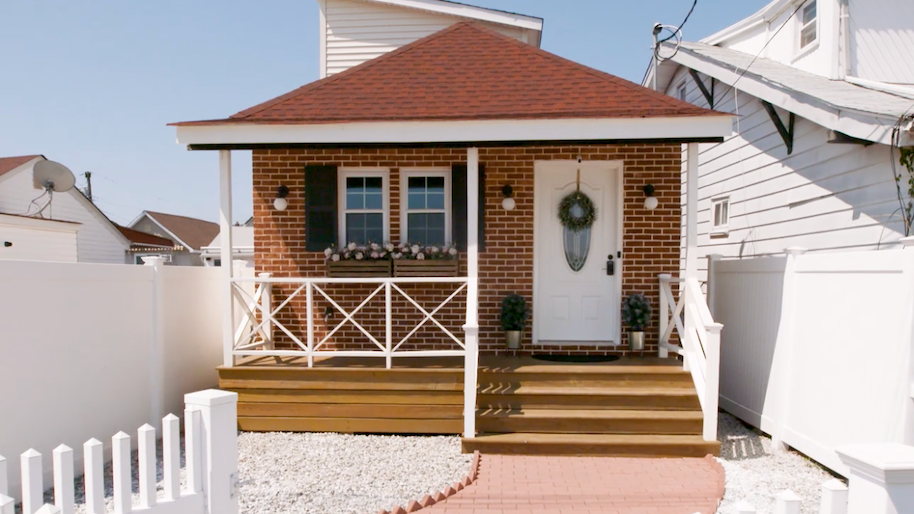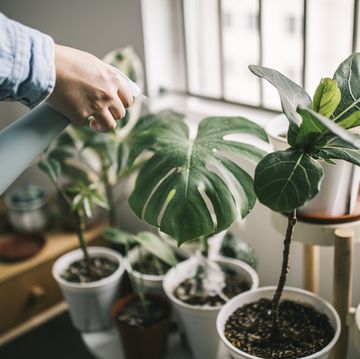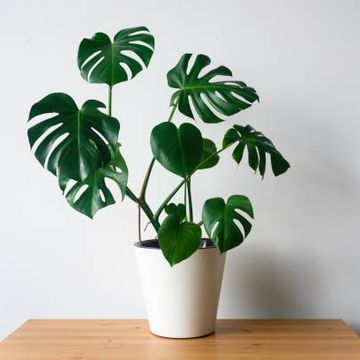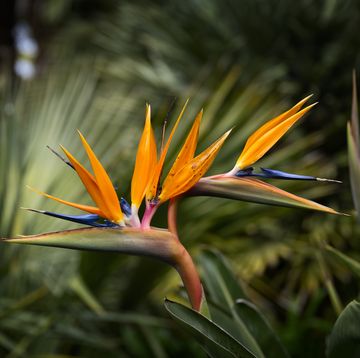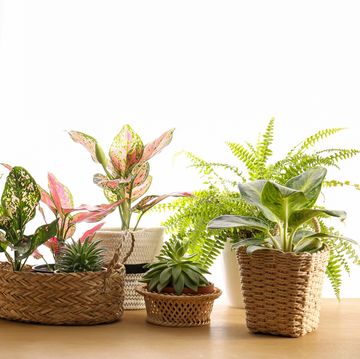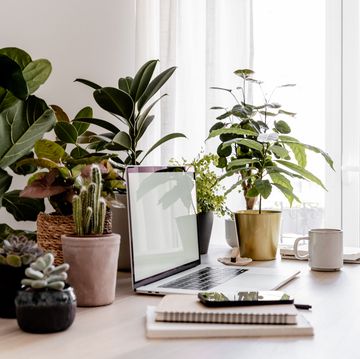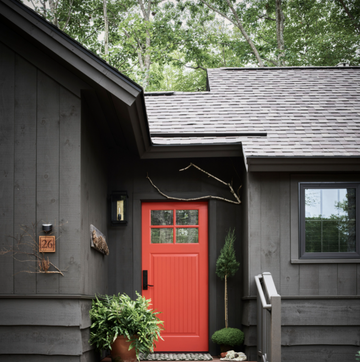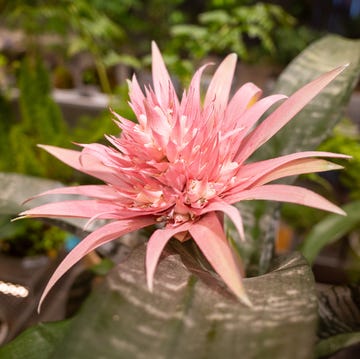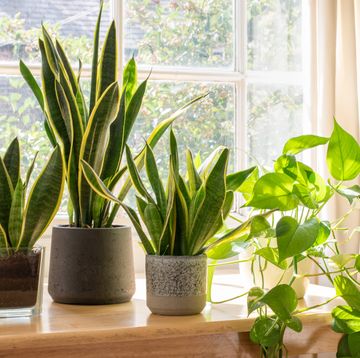Among indoor houseplants, orchids are notorious for being hard to care for. Their stunning blooms and larger-than-life personality make them perfect impulse buys or gifts, but it takes some know-how to keep them happy. You can't just place an orchid on a windowsill and check in every few weeks the way you can with a ZZ plant or succulent. You actually need to know how to care for an orchid to keep it from withering and encourage new blooms. Seriously, the speed at which an orchid can go from a full stem of blooming flowers to a sad, bare one is mind-blowing.
Luckily, caring for an orchid is actually pretty simple: You just have to pay attention to it. You may not be used to doing that if you're a new plant parent. Remember, orchids are living things. Their sun and watering needs can and do change with the season. If you're stuck on a watering or care schedule that's too rigid, it can lead you astray. But you should never throw away an orchid, even if you think you've strayed too far, says Paris Lalicata, plant expert at The Sill. "Because this is the type of plant that is prized for its flowers rather than its foliage, once the blooms are gone [people] think the plant has finished its life," Lalicata says. "However, the plant will continue to grow and bloom year after year with good care."
Don't worry, we're going to break down the cues you need to know. Ahead, we explain how to care for an orchid so its blooms thrive all year.
Indoor Orchid Care Tips
Blooming twice a year for 30 to 45 days on average, perennial orchid flowers are some of the most beautiful in the flowering world. Often seen in solid colors such as white, purple, and pink, there are actually more than 28,000 varieties and species of orchid—many enthusiasts collect them. Orchids are epiphytes, which means that they grow by hanging onto the bark of trees rather than in dirt. Depending on the type, an orchid can live for years, even decades, despite not flowering all the time.
Sunlight
For maximum growth, place your orchid on a windowsill that faces south, east, or west to ensure it gets plenty of bright indirect sunlight for most of the day. Orchids love light, so don't worry about drooping due to too much sun exposure. Not enough sunlight is also one of the most common mistakes new orchid parents make. "Overwatering doesn't only happen due to watering a plant before it's ready, it can also be contributed by the plant not getting enough light," explains Lalicata. "And most times plant parents don't give their orchids enough light because they place them too far away from a window for aesthetic purposes." So before you move your bloom to the dining room table to be a dinner party centerpiece, consider opting for another plant—or remind yourself to move it back.
Water
Orchids should be watered once a week on average. These plants require very little water, which is why you'll often see orchid lovers using an ice cube rather than a watering can. Place a large ice cube at the plant's base and allow it to melt. That will provide the plant with a steady stream of water that won't overwhelm its delicate root system.
Roots
Unlike other plants, orchid roots don't branch out in traditional ways. They also aren't brown. Healthy orchid roots are a light green color (sometimes nearly white) and firm to the touch; they tend to coil around the perimeter of the pot they're planted in. If your orchid's roots look green, take a break from watering.
Temperature and Humidity
As tropical plants, orchids thrive between 50 and 80 degrees Fahrenheit. However, you want to avoid placing them directly next to or in line with an air vent because either warm or cold gusts can dry them out. "They like temperatures anywhere between 60 and 85 degrees F and aren't super finicky about needing high humidity," Lalicata explains. "Usually, normal room humidity between 30 and 40 percent will work, but aiming for slightly higher can make them happier." Opt for a weekly humidifier session or bring your orchid into the bathroom while you shower to give it the steam it needs. If you prefer to leave your plant where it is, Home Depot recommends placing the pot over a gravel tray filled with water for a similar effect.
How to Care for an Orchid After It's Finished Blooming
The only aspect of orchid care that changes depending on what phase of its life cycle it's in is pruning.
Pruning
Once your orchid's blooming cycle is complete, you'll want to prune the flowering spikes (the little stem the flower grew on) to set your orchid up for a successful next cycle. Using a pair of small, clean gardening shears, snip off the old flowering spike as close to the base as you can.
Orchid Care FAQs
Does the Ice Cube Trick Really Work?
According to Lalicata, yes, an ice cube is a great way to water your orchid. "A watering study was done by University of Georgia and Ohio State University to compare watering orchids with ice versus traditional watering where they found the results to be the same: Both [groups of] orchids were happy and healthy," she explains. "I've also personally known gardeners who have only watered their orchids with ice for years with no issues."
Your choice on how to water your orchids is a personal preference; you can use whichever method works best for you and your plant parent style. Watering orchids with ice cubes is not only safe but a great way to reduce your chances of overwatering.
What's the Easiest Orchid to Care for?
While there are more than 2,000 types of orchids (some preferring more high-maintenance environments than others), Phalaenopsis orchids are known to be forgiving to their caretakers. They're also the most commonly available variety. Lalicata insists that home gardeners shouldn't be put off by orchids' hard-to-care-for reputation. "Just because an orchid or plant is deemed 'hard to care for' doesn't mean only a botanist or expert can grow them," she says. "Any person that is able to provide the environment and care can successfully grow any plant, even a beginner."
Can I Grow Orchids Outdoors?
Yes, in fact many orchid lovers move their blooms outdoors in the summer to make the most of the warm weather. If you plan to do this, be sure to provide your plants with some partial shade, ideally placing them under an awning or on a porch. Outdoor orchids will also need a more regular watering schedule due to the higher temperatures.

